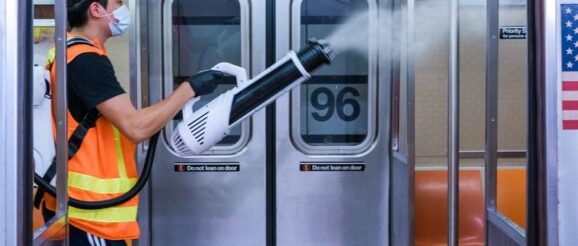Transit Innovation Partnership’s Haot on how tech can create a safer commute

What is the MTA looking for?
By summer the science had pointed to the fact that the virus was spreading primarily through aerosols. So a main area of interest is, how do we effectively purify the air? The fantastic thing about these challenges is you find new approaches you would not have anticipated, such as micromobility that allows customers greater flexibility in how they move around. There’s a partnership with Brooklyn-based e-scooter and e-bike company Beyond. Another company, CitySwift, can predict crowding levels on buses and adjust the schedules to moderate that.
How does the MTA’s current financial crisis affect its ability to adopt new tech?
Federal funding is absolutely critical, and public transit is chronically underfunded. At the same time, often the constraints from times of crisis result in breakthroughs. We’ve seen public transit rise to the occasion of the pandemic and accelerate modernization.
How do you plan for the potential changes in transit usage thanks to the proliferation of remote work?
It is important to note that a recent partnership survey found that 78% of workers anticipate using public transit when they return to work. So public transit continues to be critical. Even today New York moves millions more people than other cities around the world.
The MTA in October launched a digital subway map. What possibilities does it offer?
It is much more than a map. It is real-time scheduling and departure times. It is the location of every train, the status of the elevator and the escalator at your station—tools to enable users with limited mobility to plan out their routes. It is an unprecedented level of real-time information.
How has government technology in general been tested by Covid-19?
Whenever you have an emergency situation, it’s going to reveal where your vulnerabilities are. We’re now seeing a great amount of investment in technology that will have benefits for decades to come.
